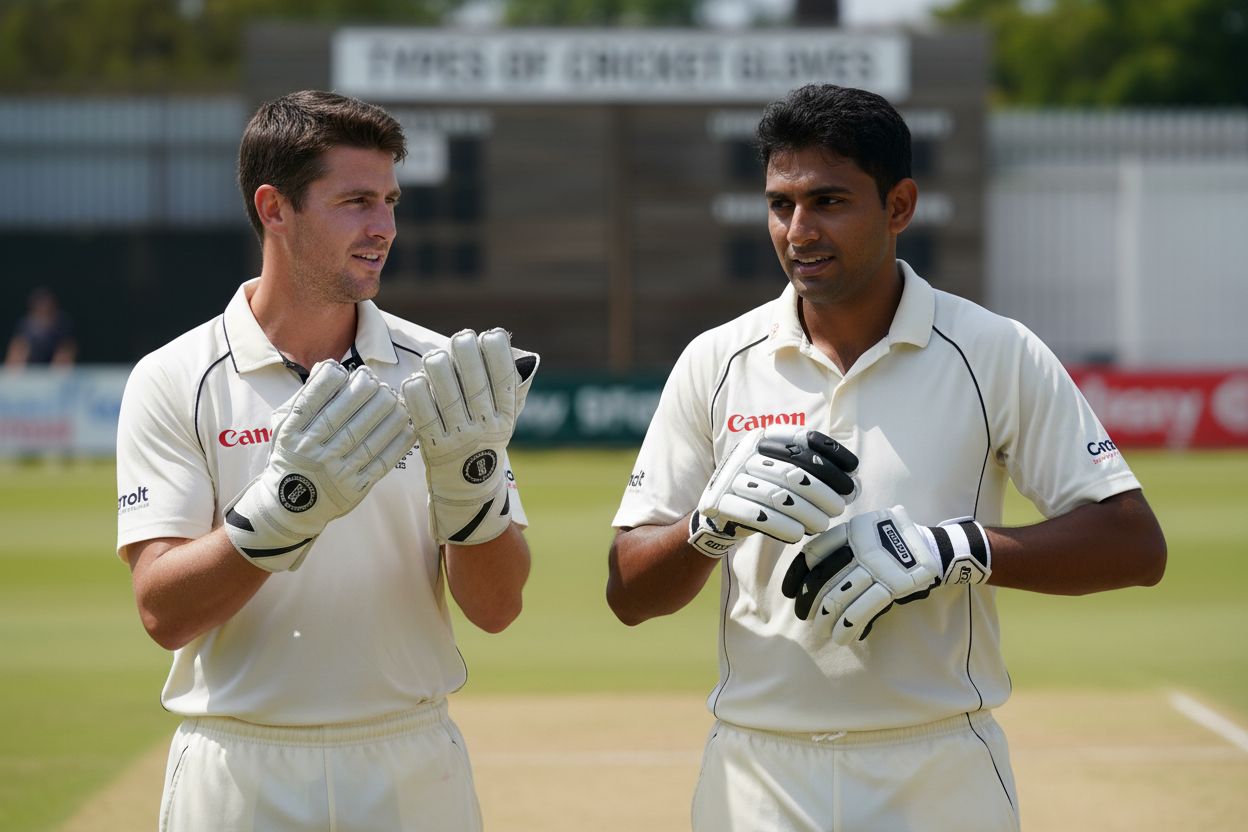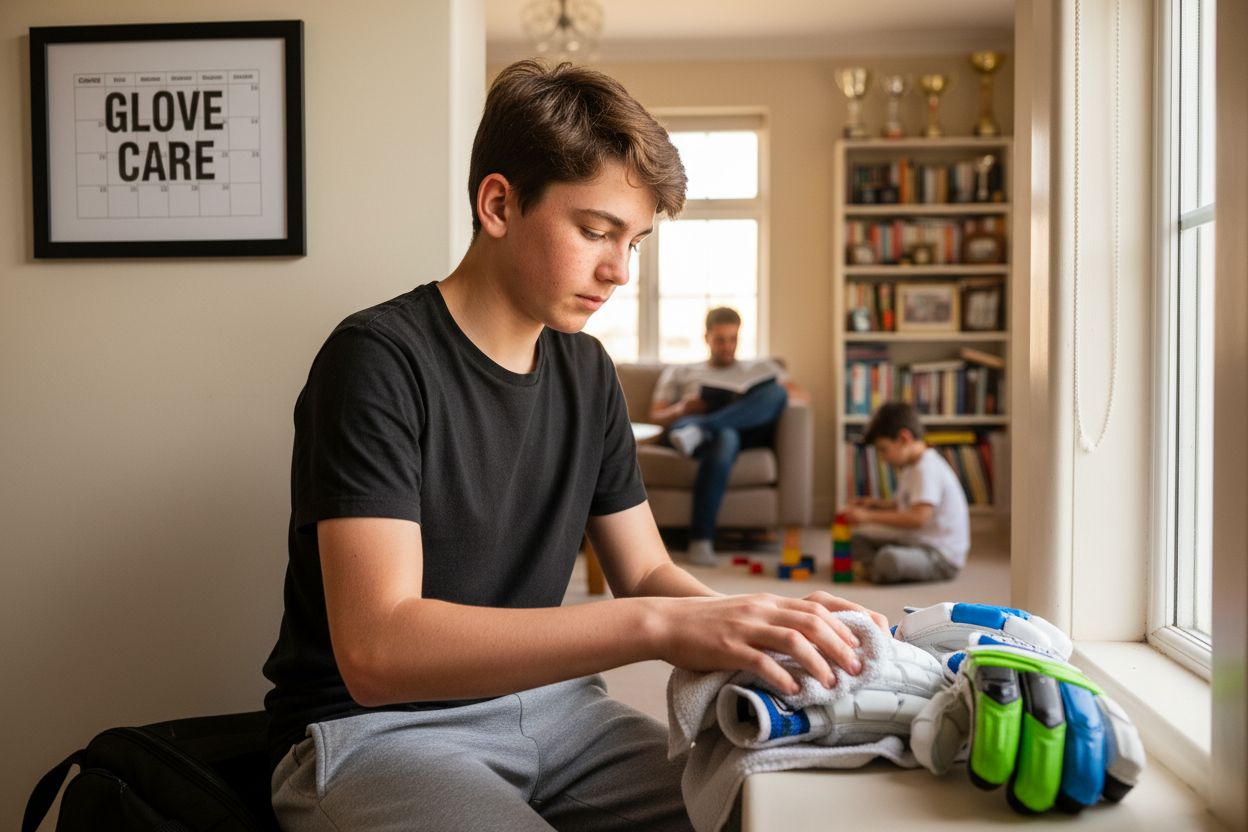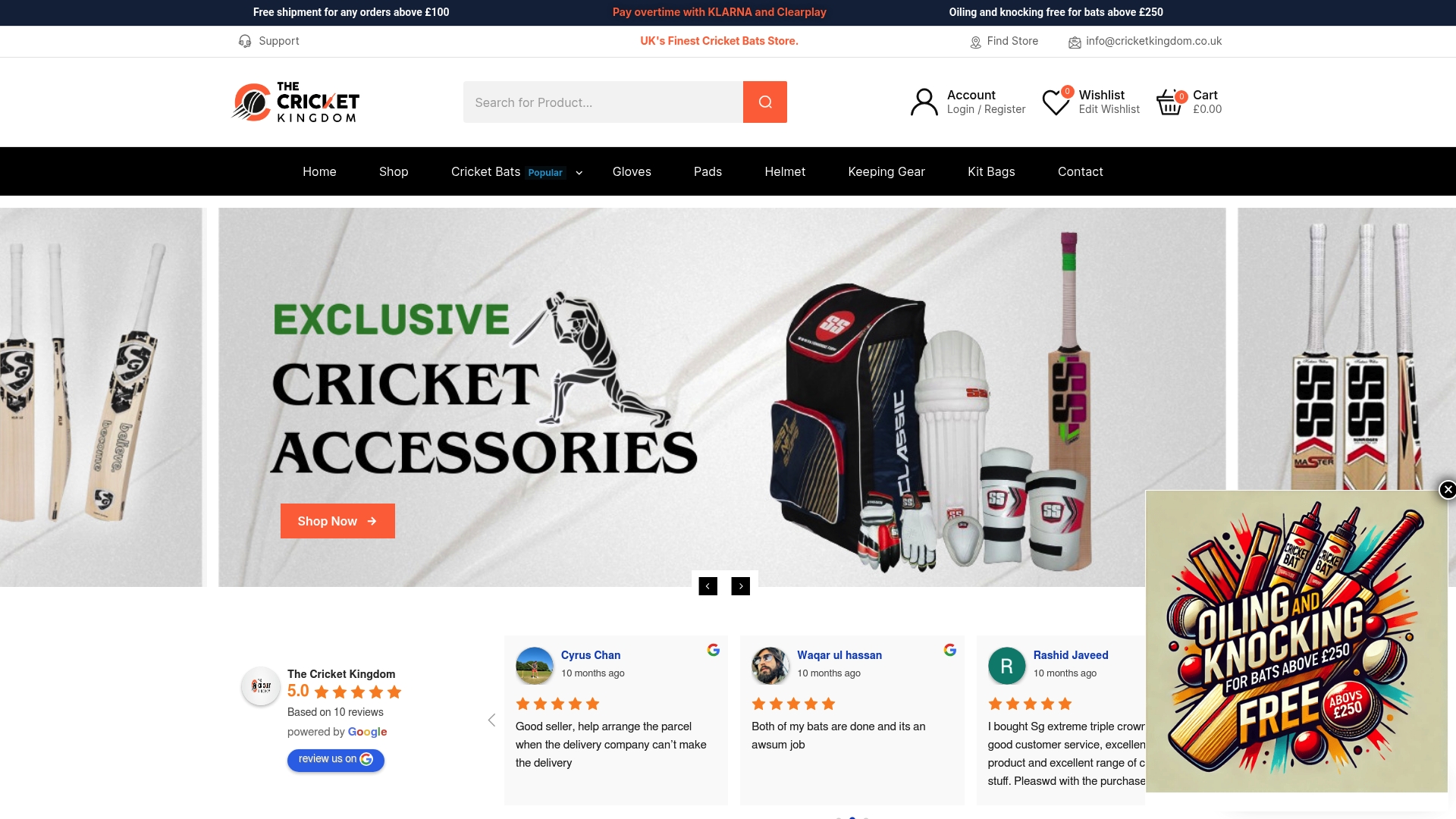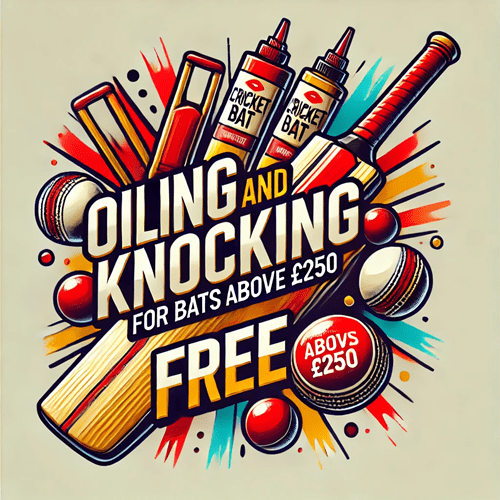Understanding the Types of Cricket Gloves: A Comprehensive Guide

Cricket injuries often happen faster than you think and the ball is not forgiving. Some players are surprised to learn that a cricket ball can reach speeds of over 90 miles per hour and land directly on unprotected hands. But what most people miss is that the real difference between a painful bruise and a confident play often comes down to a simple piece of gear that looks almost ordinary at first glance. The story behind cricket gloves holds a lot more than meets the eye.
Table of Contents
- What Are Cricket Gloves And Their Purpose?
- Types Of Cricket Gloves: A Detailed Breakdown
- Why Choosing The Right Type Matters
- Key Features And Materials Used In Cricket Gloves
- Real-World Applications And Best Practices
Quick Summary
| Takeaway | Explanation |
|---|---|
| Cricket gloves prevent serious injuries | Designed to absorb impact, cricket gloves protect players from high-velocity ball strikes that can cause serious hand injuries. |
| Different gloves for different positions | Batters need flexible gloves for stroke play, while wicketkeepers require more grip and cushioning for catching fast balls. |
| Proper fit enhances performance | Choosing the right size and type of gloves optimizes hand mobility, grip, and batting technique, reducing injury risk. |
| Advanced materials improve durability | Modern cricket gloves use synthetic compounds and breathable mesh, providing better comfort and protection against impacts. |
| Maintenance prolongs glove life | Regular care like air drying and proper storage helps maintain protective qualities and extends the lifespan of cricket gloves. |
What Are Cricket Gloves and Their Purpose?
Cricket gloves represent crucial protective equipment designed to shield players from potential injuries during the game. According to Britannica, these specialized gloves are fundamental for both batters and wicketkeepers, providing essential hand protection in a sport where cricket balls can travel at extremely high velocities.
Protective Function and Design
The primary purpose of cricket gloves is to absorb impact and prevent serious hand injuries. Cricket balls are hard leather spheres that can cause significant damage when striking unprotected hands. Professional and amateur cricketers rely on these gloves to minimize risk during gameplay. The gloves typically feature multiple protective layers, including:
- Dense padding around the fingers and knuckles
- Reinforced palms for enhanced grip
- Flexible materials that allow natural hand movement
- Strategic cushioning to distribute impact force
Types of Players and Their Glove Requirements
Different cricket players require specialized gloves based on their specific roles. Batters need gloves that provide maximum protection while maintaining flexibility for precise batting techniques. Wicketkeepers, in contrast, require gloves with exceptional grip and enhanced padding to catch fast-moving balls.
Below is a comparison table summarizing the key differences between batting gloves and wicketkeeper gloves as discussed in the article.
| Glove Type | Main Purpose | Key Features | Protective Focus |
|---|---|---|---|
| Batting Gloves | Protection & Flexibility | Reinforced fingers, padded knuckles, breathable various materials | Impact absorption for hands/fingers |
| Wicketkeeper Gloves | Grip & Shock Absorption | Enhanced web padding, extra cushioning around catching areas, superior grip | Prevents repetitive trauma from catching |
If you want to explore more about selecting the right cricket equipment, check out our comprehensive cricket gear buying guide which provides detailed insights into choosing the perfect protective gear for your cricket needs.
Types of Cricket Gloves: A Detailed Breakdown
Cricket gloves are not a one-size-fits-all piece of equipment.
![]() According to the International Cricket Council, different playing roles require specialized glove designs that cater to specific performance and protection needs.
According to the International Cricket Council, different playing roles require specialized glove designs that cater to specific performance and protection needs.
Batting Gloves: Precision and Protection
Batting gloves are engineered to provide maximum hand protection while maintaining the flexibility necessary for precise stroke play. These gloves typically feature multilayered padding designed to absorb high-impact ball strikes. Key characteristics include:
- Reinforced finger sections
- Padded knuckle guards
- Breathable materials for moisture management
- Flexible leather or synthetic palm regions
Batting gloves are further categorized into junior and adult sizes, ensuring a proper fit for players of different age groups and hand sizes.
Wicketkeeper Gloves: Specialized Performance Equipment
Wicketkeeper gloves represent a unique category of cricket protective wear.
Unlike batting gloves, these are specifically designed with enhanced web padding between fingers and extra cushioning around the catching areas. These gloves must provide superior grip and shock absorption to manage the rapid ball movements during wicketkeeping.
Our batting gloves collection online offers comprehensive options for players seeking high-quality protective gear tailored to their specific cricket needs.
Why Choosing the Right Type Matters
Research from sports medicine studies indicates that selecting appropriate cricket gloves is not merely about comfort but is crucial for preventing serious hand injuries and optimizing player performance.
Performance and Safety Considerations
The right cricket gloves can dramatically impact a player’s game by providing essential protection and enhancing technical capabilities. Improper glove selection can lead to several potential risks:
- Reduced hand mobility and flexibility
- Increased vulnerability to impact injuries
- Compromised grip and batting technique
- Higher likelihood of hand fatigue during extended play
Professional cricketers understand that gloves are not just protective gear but an extension of their playing technique. Precision fit and material quality directly influence a player’s ability to execute complex shots and maintain consistent performance.
Long-Term Health and Injury Prevention
Cricket involves repeated high-velocity ball impacts that can cause significant hand trauma. Specialized gloves designed for specific playing positions help mitigate these risks. Batting gloves with strategic padding protect against potential fractures, while wicketkeeper gloves prevent nerve damage from constant ball catching.
Our comprehensive cricket gear buying guide can help you understand the nuanced requirements for selecting the perfect gloves that balance protection, comfort, and performance.
Key Features and Materials Used in Cricket Gloves
Innovative patent research reveals the complex engineering behind modern cricket gloves, showcasing advanced materials and design principles that prioritize player protection and performance.
Advanced Material Composition
Cricket glove materials have evolved significantly, moving beyond traditional leather to incorporate high-performance synthetic compounds. Modern gloves typically utilize a combination of:
- Synthetic leather for enhanced durability
- Breathable mesh panels for moisture management
- Reinforced polymer padding for impact absorption
- Elasticated materials for improved flexibility
High-quality gloves integrate multiple material layers, each serving a specific functional purpose. The outer layer provides protection, while inner layers focus on comfort and sweat management.
Strategic Design and Protection Elements
Modern cricket gloves are engineered with sophisticated protective features. Wicketkeeper and batting gloves incorporate specialized design elements like articulated finger sections, which allow natural hand movement while maintaining robust protection. Strategic padding zones are carefully positioned to shield vulnerable areas such as knuckles and fingertips from high-velocity ball impacts.
Our guide on cricket equipment performance offers additional insights into how specialized gear can enhance your overall cricket performance.
Real-World Applications and Best Practices
Professional cricket equipment maintenance guidelines emphasize the critical role of proper glove management in extending their performance and durability.
Practical Usage and Maintenance
Cricket gloves require consistent care to maintain their protective qualities and structural integrity. Players must adopt strategic approaches to glove management:
Below is a table outlining best practices for the care and maintenance of cricket gloves as explained in the maintenance section.
| Maintenance Step | Purpose | Result of Proper Practice |
|---|---|---|
| Air dry after use | Removes built-up moisture | Maintains structural integrity |
| Avoid direct heat sources | Prevents material degradation | Prolongs glove lifespan |
| Store in cool, dry environments | Reduces risk of mold and odor | Preserves protective qualities |
| Use absorbent materials inside | Extracts residual moisture | Maintains comfort and durability |
| Regularly inspect for damage | Detects wear, splits, and compromised padding | Ensures ongoing safety |
- Always air dry gloves after use
- Avoid direct heat sources during drying
- Store in cool, dry environments
- Remove inner moisture with specialized absorbent materials
- Regularly inspect for wear and potential damage
Professional cricketers treat their gloves as precision instruments, understanding that meticulous maintenance directly impacts performance and safety. Gloves exposed to consistent moisture or improper storage can rapidly deteriorate, compromising their protective capabilities.

Performance Optimization Strategies
Maximizing cricket glove effectiveness involves more than just maintenance. Players should consider glove selection based on specific playing conditions, personal comfort, and individual technical requirements. Rotation between multiple glove pairs can help distribute wear and extend overall equipment lifespan.
Explore our comprehensive cricket gear buying guide to understand how to select and maintain the perfect cricket gloves for your unique playing style and needs.
Ready to Protect Your Hands and Elevate Your Cricket Game?
You have just learned how the right cricket gloves can make the difference between game-changing confidence and game-ruining injury. Choosing from batting or wicketkeeper gloves is not just about comfort. It is about performance, safety, and peace of mind. At CricketKingdom.co.uk, we understand how overwhelming it can be to find protective gear that fits your playing style and fully shields you from every fast delivery or wild catch. Our in-depth cricket gear buying guide helps you sort through these options with trusted information, while our online store ensures you always get the best quality in every order.

Stop risking your performance and your health with the wrong equipment. Shop our extensive collection of cricket gloves and upgrade your whole kit in minutes. Enjoy free shipping for orders over £100 and discover customer-reviewed gear trusted by cricketers of every skill level. Visit CricketKingdom.co.uk now and give your hands the ultimate protection they deserve.
Frequently Asked Questions
What are cricket gloves?
Cricket gloves are specialized protective equipment worn by players to shield their hands from potential injuries caused by high-velocity cricket balls during gameplay.
What types of cricket gloves are available?
There are primarily two types of cricket gloves: batting gloves, designed for batters for maximum protection and flexibility, and wicketkeeper gloves, which have enhanced grip and padding to catch fast-moving balls.
How do I choose the right cricket gloves for my position?
When selecting cricket gloves, consider your playing role; batters need gloves that balance protection and flexibility, while wicketkeepers require gloves with superior grip and cushioning for catching.
Why is it important to maintain cricket gloves?
Proper maintenance, such as drying gloves after use and storing them properly, helps preserve their protective qualities and extends their lifespan, ensuring optimal performance during play.
Recommended
- Shop Batting Gloves Online in the UK | The Cricket Kingdom
- Understanding Cricket Gear Buying Guide for Players – The Cricket Kingdom
- The Role of Grip and Handle in Bat Performance
- 9 Essential Items for Your Cricket Equipment Checklist – The Cricket Kingdom


